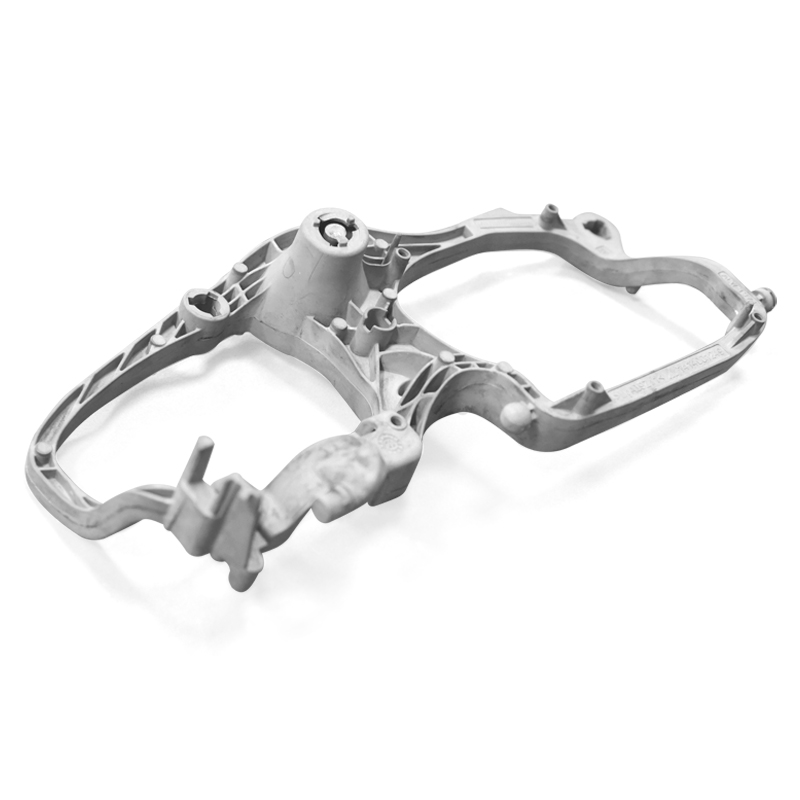Aluminum die casting is a widely used manufacturing process that enables the production of complex and high-quality metal parts. The success of this process relies heavily on the mastery of mold production. In this article, we will explore the intricacies of aluminum die cast mold production and the key factors that contribute to manufacturing excellence.
Understanding the Aluminum Die Cast Mold:
The aluminum die cast mold is a critical component of the die casting process. It determines the shape, size, and surface finish of the final product. A well-designed mold ensures the production of parts with precise dimensions and minimal defects. Therefore, mastering the art of mold production is essential for achieving manufacturing excellence.
Designing the Mold:
The first step in aluminum die cast mold production is the design phase. This involves creating a 3D model of the desired part and designing the mold accordingly. The design must consider factors such as part geometry, wall thickness, draft angles, and gating system. A carefully designed mold ensures optimal material flow, reduces the risk of defects, and enhances the overall efficiency of the die casting process.
Material Selection:
Choosing the right material for the mold is crucial for its performance and longevity. The mold material should possess high thermal conductivity, excellent wear resistance, and good heat resistance. Commonly used materials for aluminum die cast molds include H13, H11, and D2 tool steel. Proper heat treatment and surface coatings further enhance the durability and performance of the mold.
Mold Manufacturing Techniques:
Several manufacturing techniques are employed to produce aluminum die cast molds. Precision machining, such as milling and grinding, is used to shape the mold cavities and cores. Electro-discharge machining (EDM) is employed for intricate details and fine surface finishes. Additionally, advanced technologies like computer numerical control (CNC) machining and high-speed machining are utilized to improve accuracy and reduce lead times.
Mold Maintenance and Repair:
Regular maintenance and timely repair of the mold are essential for its longevity and consistent performance. This includes cleaning, lubrication, and inspection to identify any signs of wear or damage. Proper maintenance ensures the mold remains in optimal condition, reducing the risk of defects and increasing productivity.
Quality Control:
Implementing stringent quality control measures is crucial in achieving manufacturing excellence. The mold undergoes rigorous inspection at various stages of the production process to ensure adherence to design specifications and functional requirements. Advanced technologies like coordinate measuring machines (CMM) and non-destructive testing (NDT) are employed to identify any deviations or defects in the mold.
Continuous Improvement:
To excel in aluminum die cast mold production, a culture of continuous improvement must be fostered. Regular evaluation of processes, identification of bottlenecks, and implementation of innovative techniques are essential for enhancing productivity and achieving higher quality standards. Embracing new technologies and staying updated with industry trends also play a vital role in manufacturing excellence.
Conclusion:
Mastering the art of aluminum die cast mold production is a crucial aspect of achieving manufacturing excellence. Attention to detail in mold design, material selection, manufacturing techniques, maintenance, and quality control are key factors that contribute to the success of the process. By continuously striving for improvement and embracing new technologies, manufacturers can achieve superior quality, efficiency, and customer satisfaction in aluminum die casting.
-

- CNC vélaðir hlutar og íhlutir
-

- Thixomolding parts & components cell phone middle board processed
-

- OEM Die casting manufacturer produce magnesium alloy auto dashboard
-

- Magnesíum ál stífur gaffal fyrir reiðhjól - sérsniðnir málmhlutar úr steypu
-

- Thixomolding parts & components mobile phone middle board processed
-

- Magnesium Aluminum Alloy Children Bike 3-8 Years Old Cheap Hot Sale 14 Inch Children Bicycle FOREVER Wholesale 2022

 0086-750-5616188
0086-750-5616188 +86 13392089688
+86 13392089688 sales@zhongmei-tech.com
sales@zhongmei-tech.com








